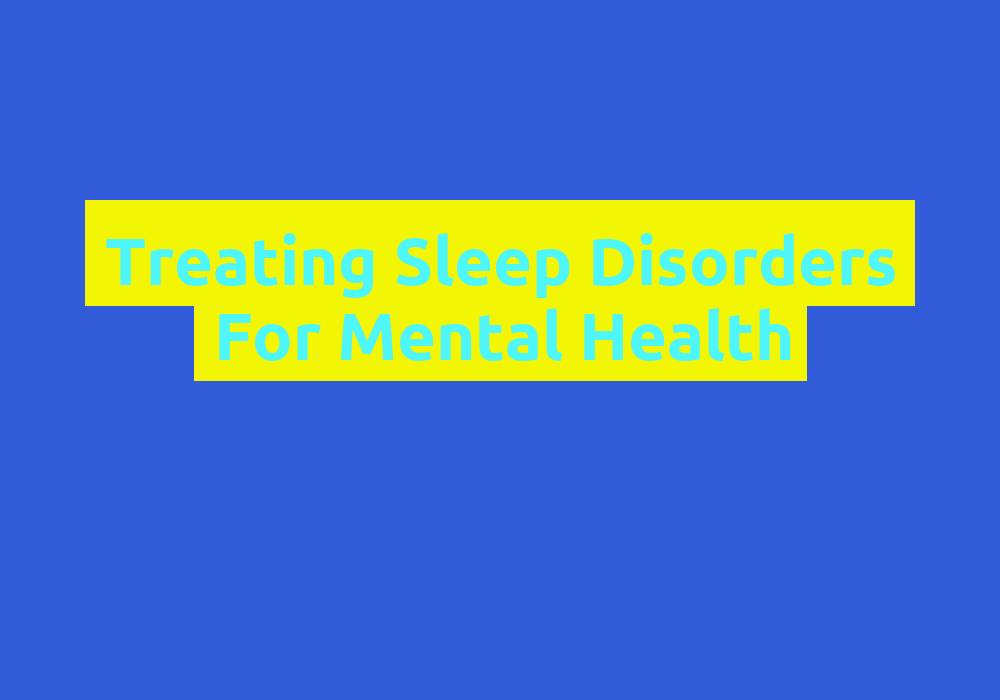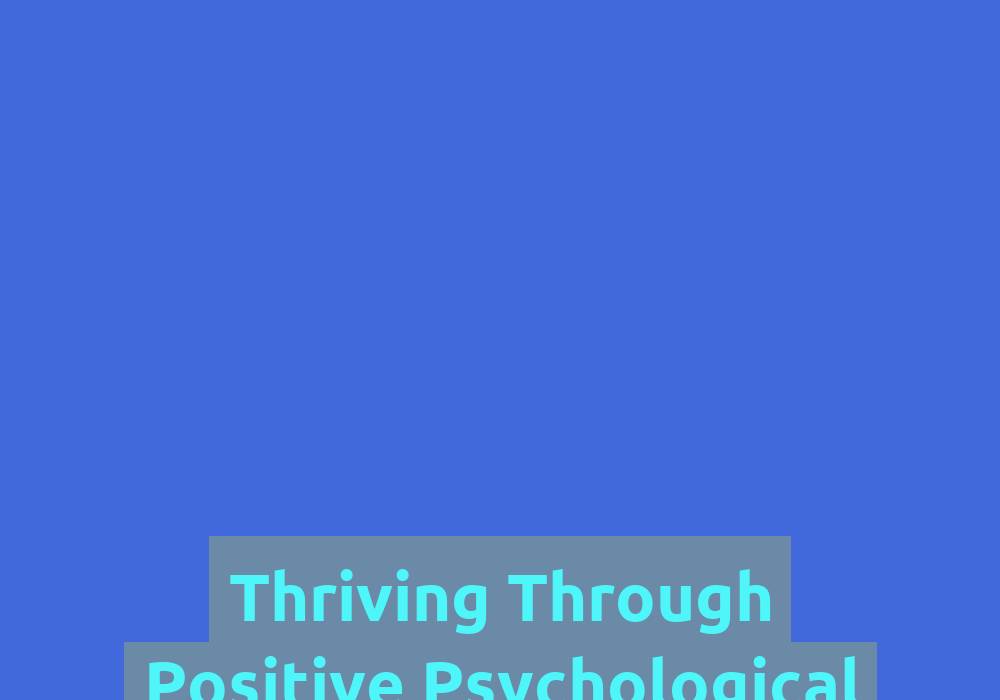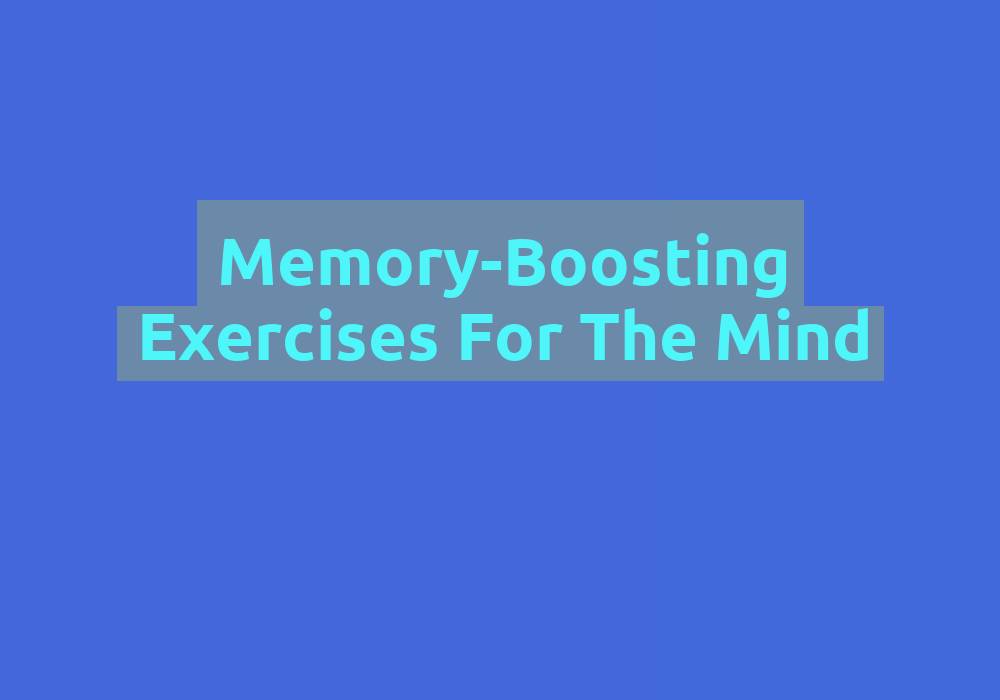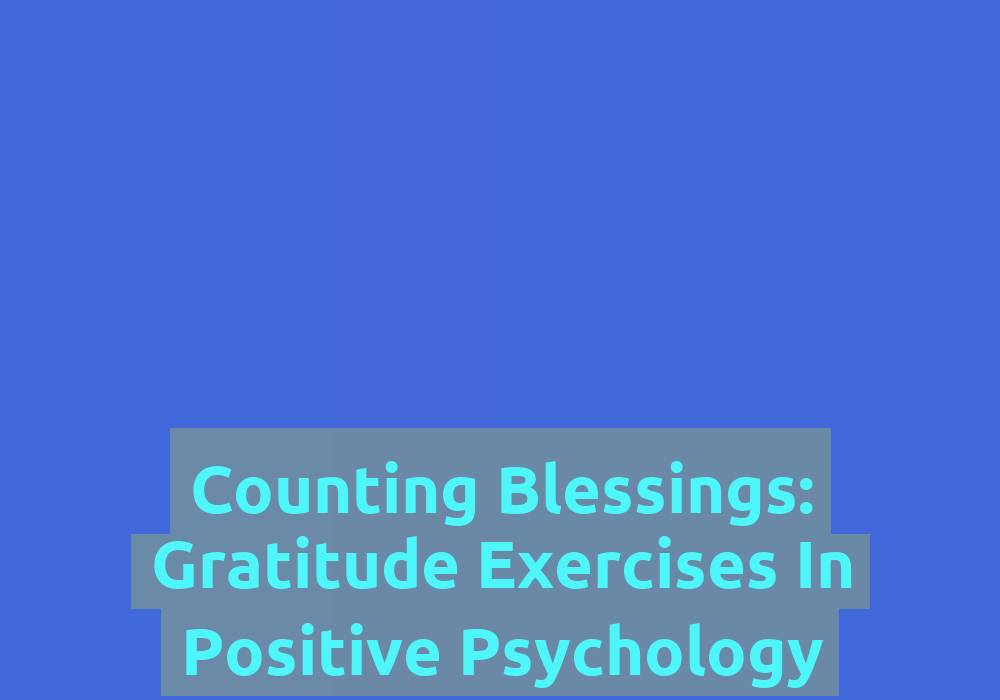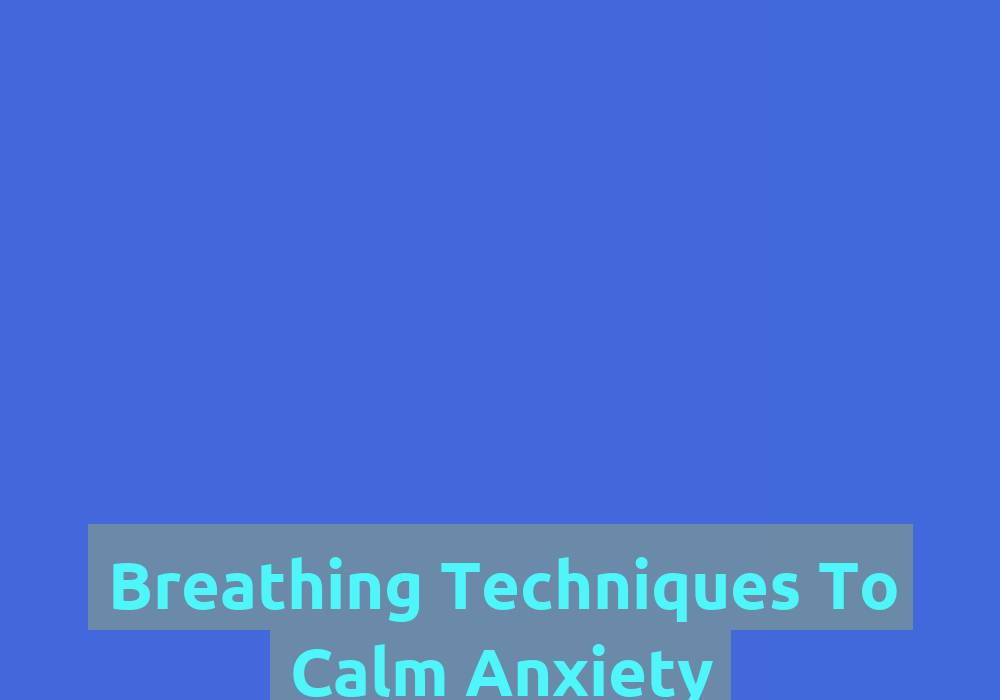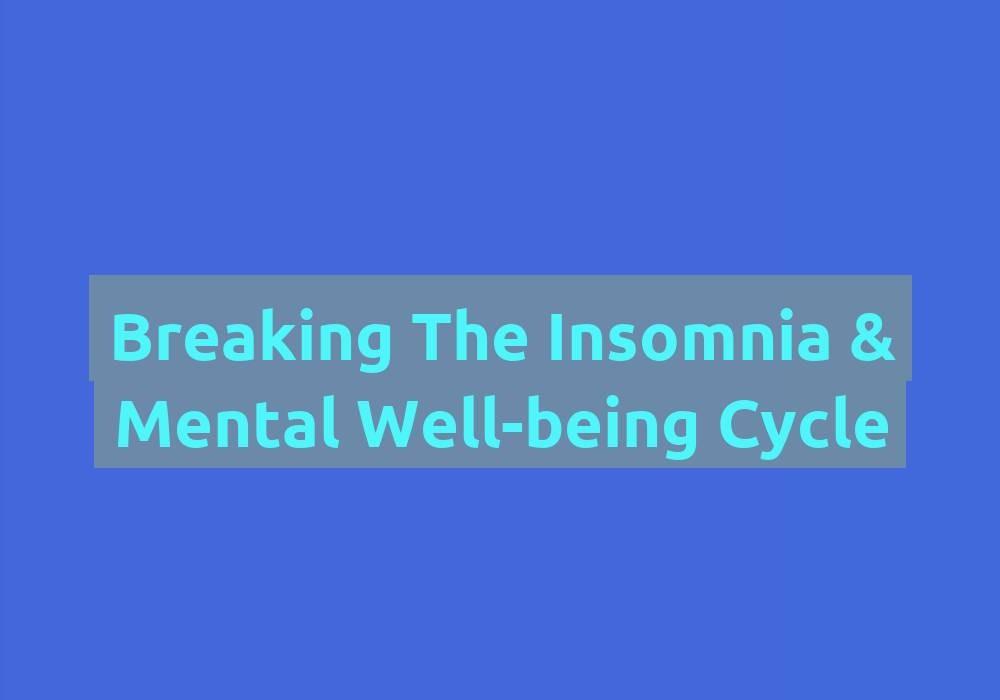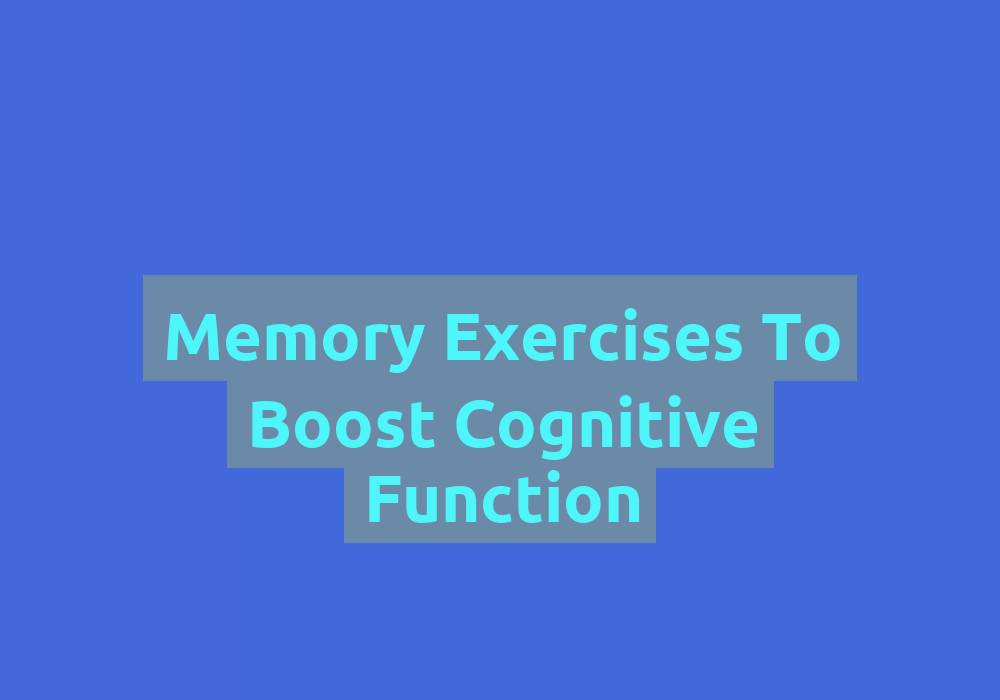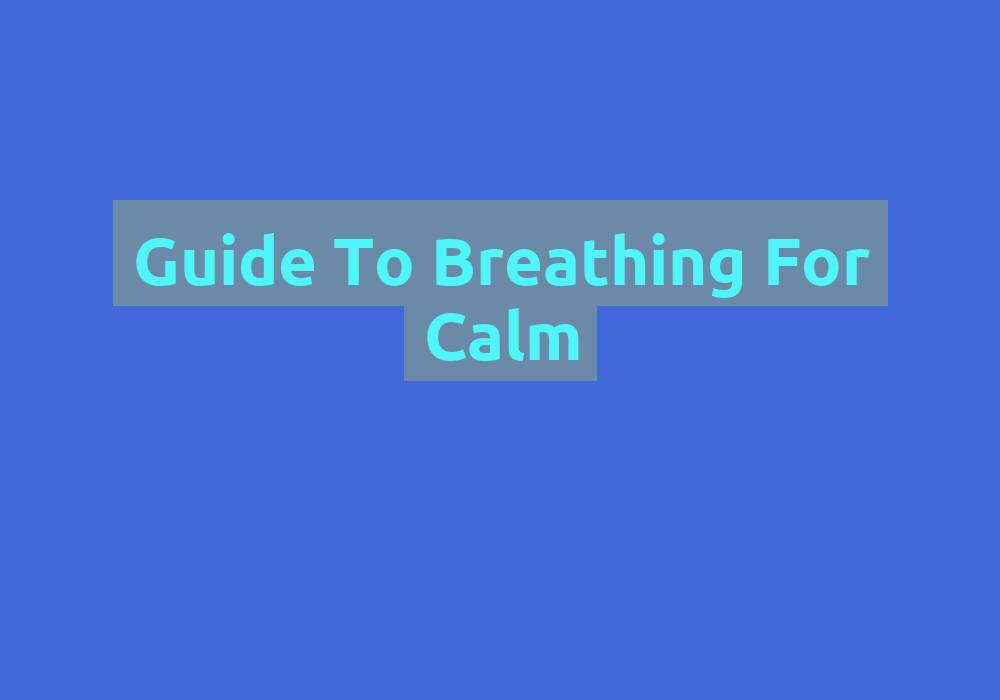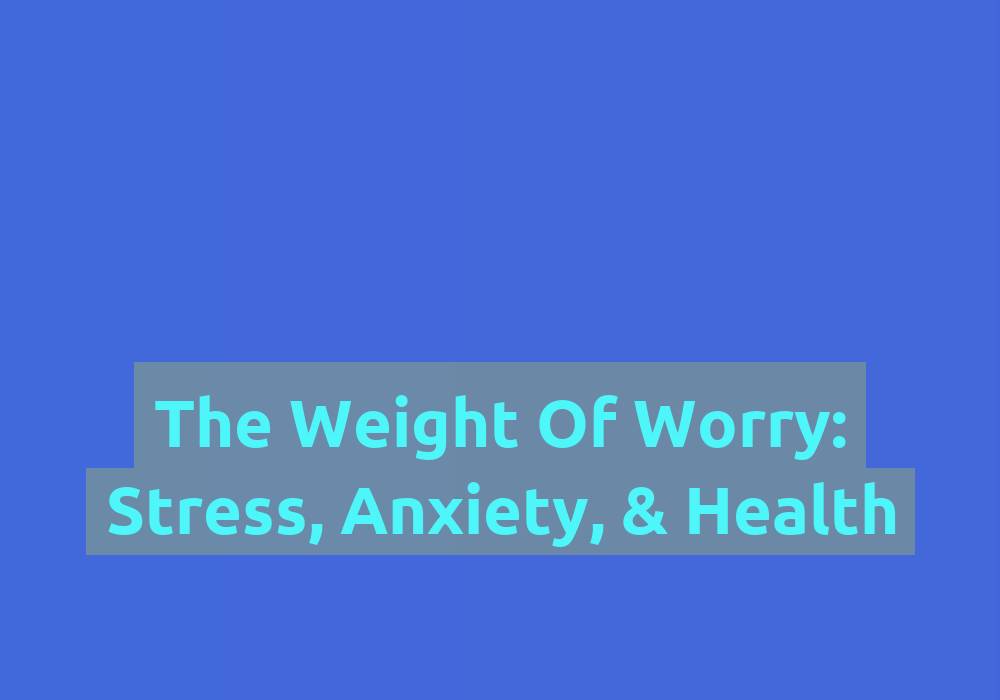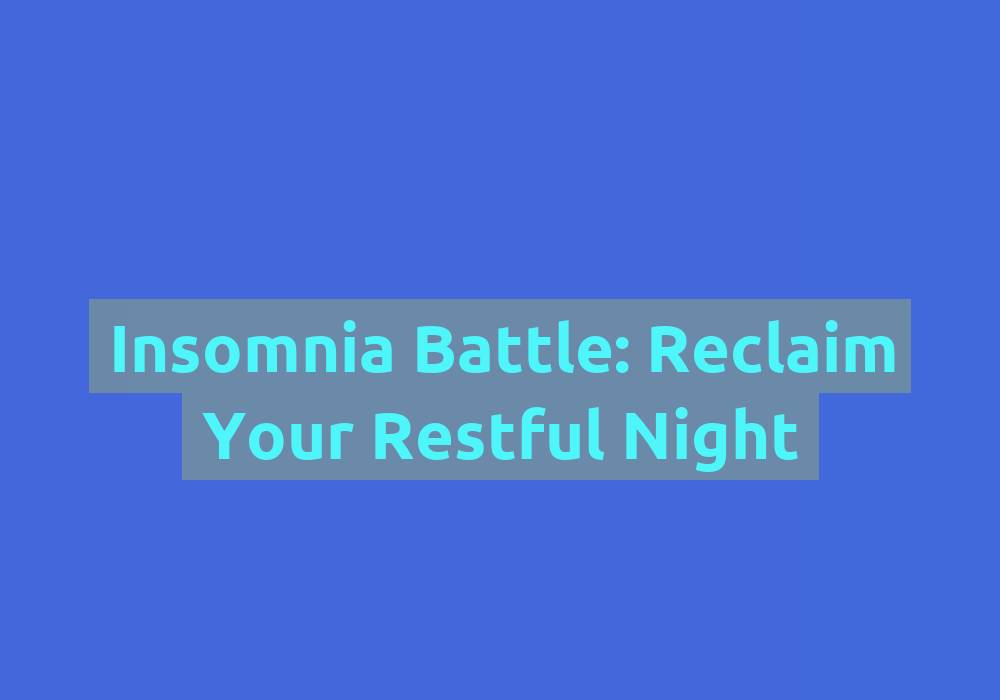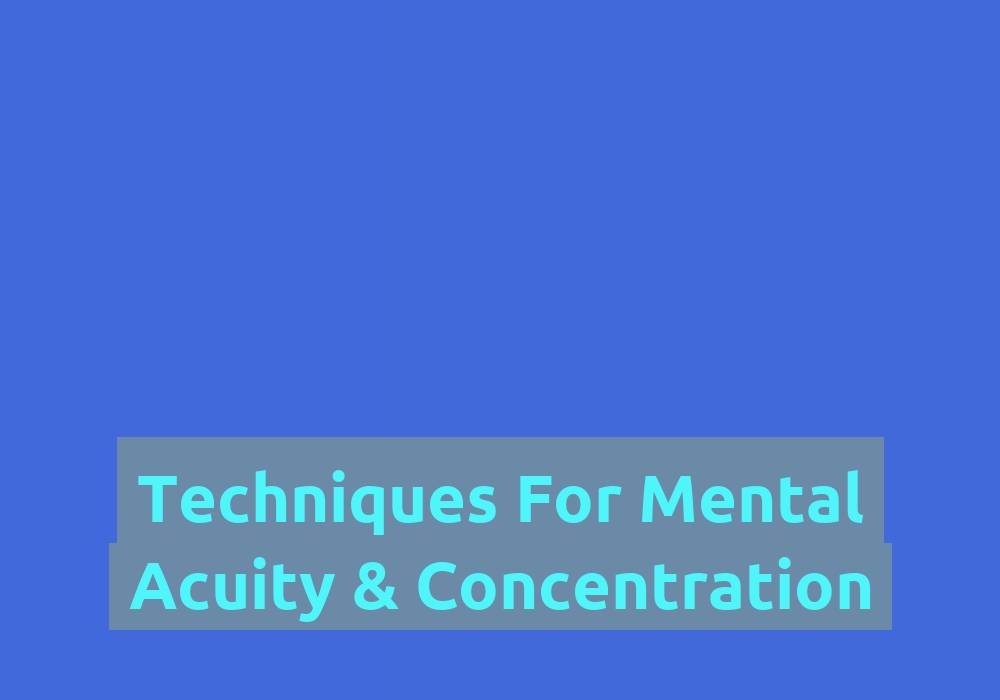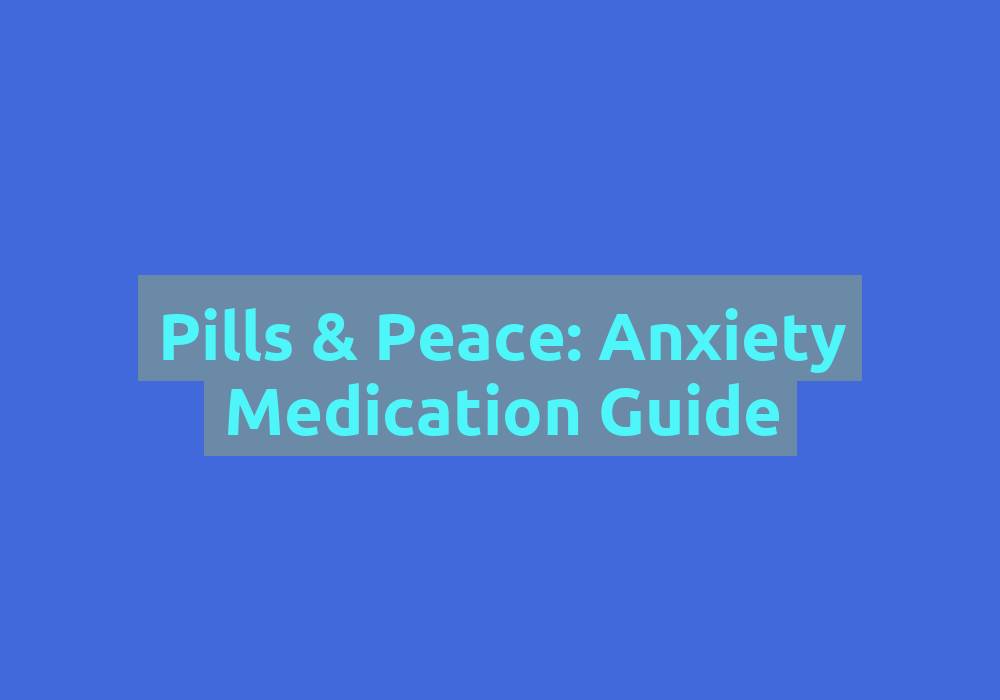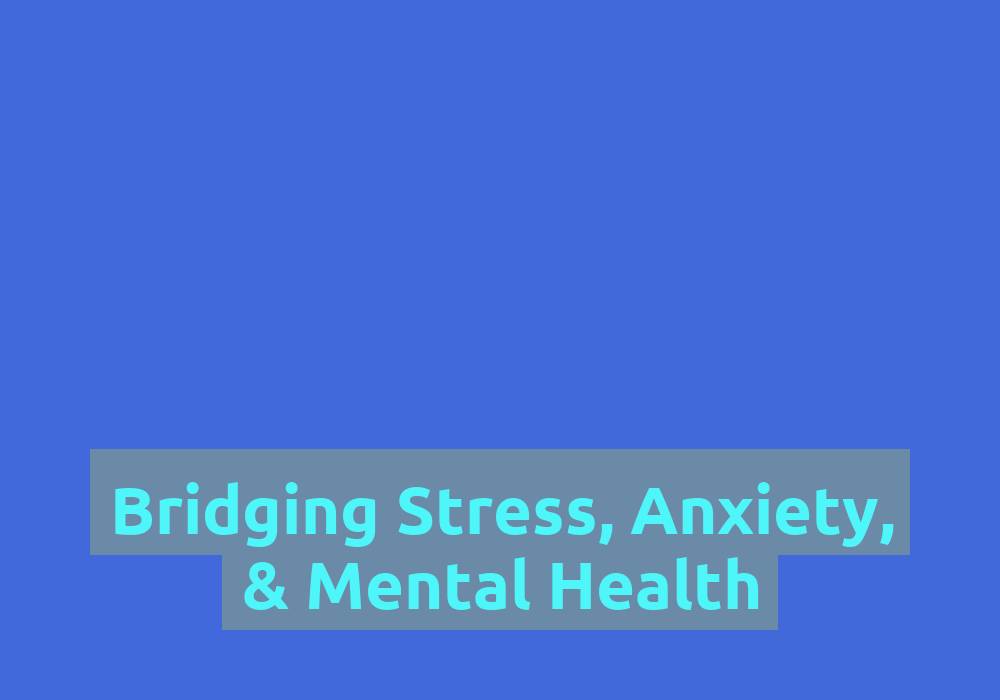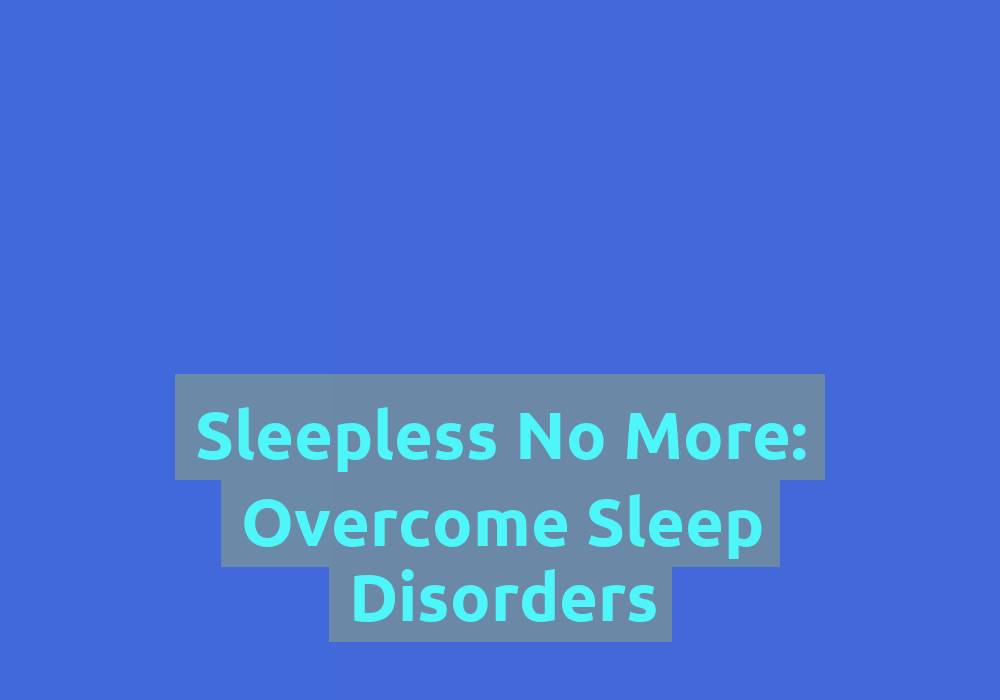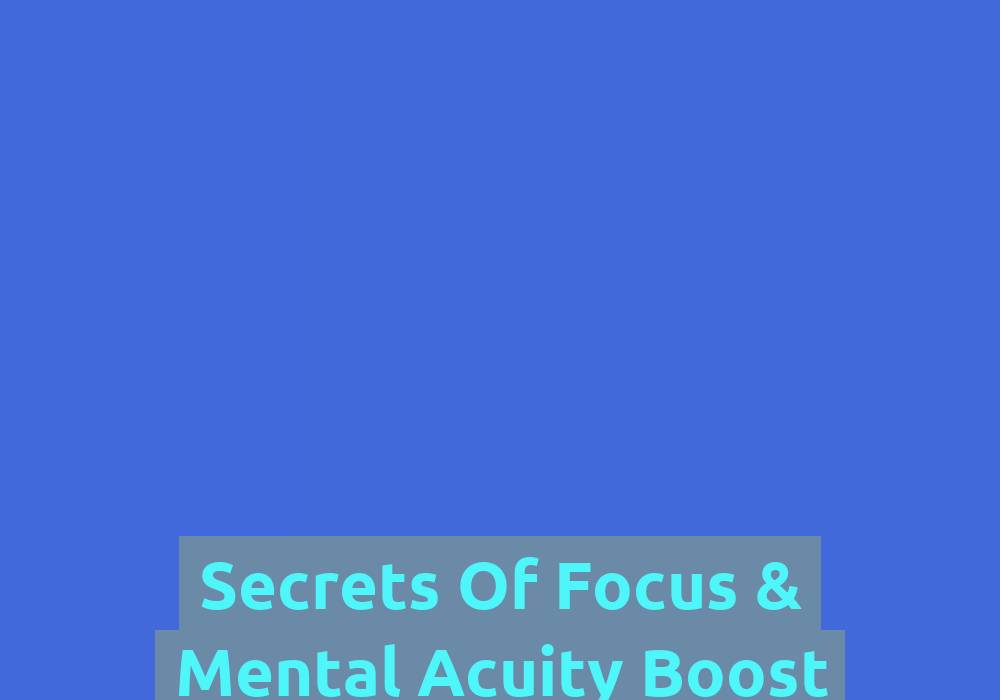Breathing for Immediate Anxiety Relief
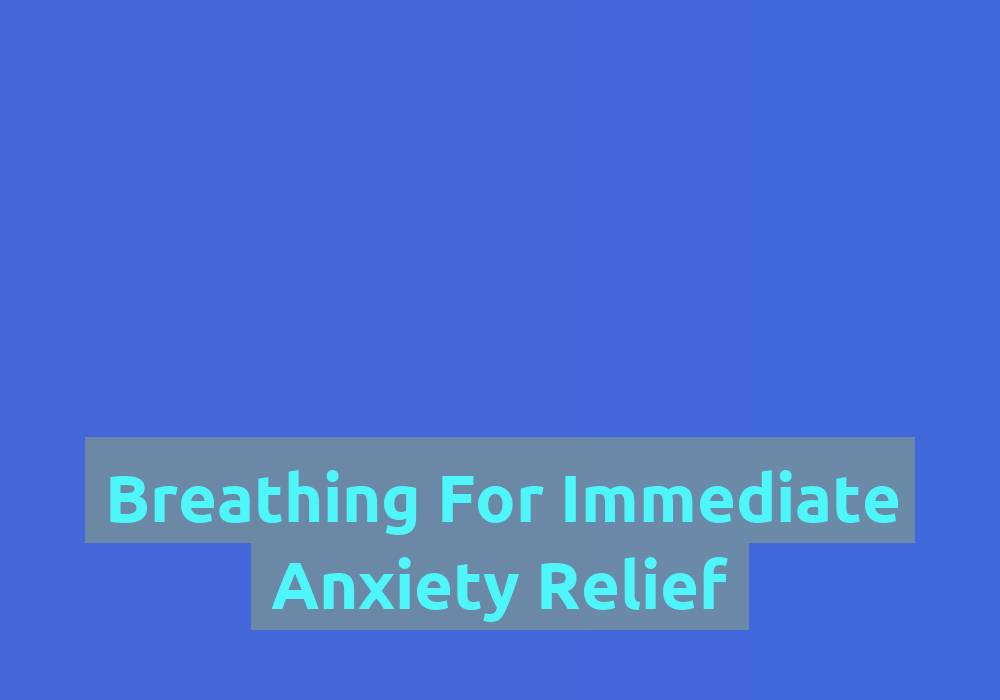
Anxiety is a common mental health condition that affects millions of people worldwide. It can manifest in various ways, including feelings of panic, restlessness, or a sense of impending doom. While there are different treatment options available, one effective and accessible technique for immediate anxiety relief is focused breathing. By paying attention to your breath and practicing specific breathing exercises, you can help calm your mind, relax your body, and alleviate anxiety symptoms. In this article, we will explore the power of breathing techniques for anxiety relief and provide step-by-step instructions on how to incorporate them into your daily routine.
Understanding the Link between Breathing and Anxiety
Before delving into specific breathing exercises, it is essential to understand the relationship between breathing and anxiety. When we experience anxiety, our sympathetic nervous system kicks into high gear, triggering the body’s fight or flight response. This response results in increased heart rate, shallow and rapid breathing, and the release of stress hormones like cortisol.
To counterbalance the effects of anxiety, it is important to consciously regulate our breath. Deep, slow, and controlled breathing activates the parasympathetic nervous system, which is responsible for the body’s rest and relaxation response. By activating this system, we can promote a sense of calm and alleviate anxiety symptoms.
Breathing Techniques for Immediate Anxiety Relief
- Diaphragmatic Breathing: Also known as belly breathing or deep breathing, diaphragmatic breathing involves engaging the diaphragm muscle to promote relaxed and deep breaths. This technique is particularly effective in reducing anxiety symptoms. To practice diaphragmatic breathing, follow these steps:
Find a comfortable position, either sitting or lying down, and place one hand on your chest and the other on your belly. This allows you to become aware of your breathing patterns.
Inhale slowly through your nose, allowing your belly to rise as you fill your lungs with air. Focus on expanding your abdomen rather than your chest.
Exhale gently through your mouth, letting your belly fall naturally as you release the air.
Repeat this process for several minutes, allowing each breath to become slower and deeper. As you continue practicing, you will notice a greater sense of relaxation and calm.
Diaphragmatic breathing helps activate the parasympathetic nervous system, promoting a state of relaxation and reducing anxiety symptoms. It is a simple yet powerful technique that can be practiced anywhere, anytime.
- 4-7-8 Breathing: This breathing technique is particularly effective for calming anxiety and promoting relaxation. Here’s how to practice it:
Sit up straight or lie down in a comfortable position.
Close your eyes and take a deep breath through your nose, counting to four as you inhale. Focus on filling your lungs completely.
Hold your breath for a count of seven, allowing the oxygen to circulate throughout your body.
Exhale slowly through your mouth, counting to eight. Focus on releasing any tension or stress as you breathe out.
Repeat this cycle three more times, for a total of four breaths.
4-7-8 breathing helps regulate your breath and activate the body’s relaxation response. It can be a useful tool to reduce anxiety in moments of stress or panic.
- Box Breathing: Box breathing, also known as square breathing, is a simple technique that involves equalizing the length of each breath. This technique can help bring a sense of balance and calm to your mind and body. Follow these steps to practice box breathing:
Find a quiet and comfortable place to sit or lie down.
Inhale deeply through your nose, counting to four. Focus on filling your lungs completely with air.
Hold your breath for a count of four, allowing the oxygen to circulate and energize your body.
Exhale slowly through your mouth, counting to four. Focus on releasing any tension or stress as you breathe out.
Hold your breath for another count of four, allowing your body to fully relax.
Repeat this sequence for several minutes, focusing on the rhythm of your breath and the sensation of relaxation.
Box breathing helps synchronize your breath with a specific count, promoting a state of relaxation and calm. It is a technique that can be easily incorporated into your daily routine.
- Alternate Nostril Breathing: This breathing exercise helps balance the energy in the body and promotes a sense of tranquility. Here’s how to practice alternate nostril breathing:
Sit in a comfortable position and bring your right hand up to your face.
Use your right thumb to close your right nostril, and inhale deeply through your left nostril. Focus on filling your lungs completely with air.
Pause briefly, then close your left nostril with your right ring finger, releasing your right thumb from the right nostril.
Exhale slowly through your right nostril, focusing on releasing any tension or stress.
Inhale through your right nostril, then close it with your right thumb.
Release your left nostril by lifting your ring finger and exhale through the left nostril.
Repeat this cycle for several minutes, gradually increasing the duration of each breath.
Alternate nostril breathing helps balance the flow of energy in the body and promotes a sense of tranquility. It can be a valuable technique to incorporate into your daily routine for anxiety relief.
Incorporating Breathing Techniques into Your Daily Routine
To maximize the benefits of breathing techniques for anxiety relief, it is essential to make them a regular part of your daily routine. Here are some tips to help you incorporate these techniques into your life:
Morning Routine: Start your day by dedicating a few minutes to practicing deep breathing exercises. This can help set a calmer tone for the day ahead and reduce anxiety levels. Find a quiet space, sit comfortably, and focus on your breath.
Mid-Day Breaks: Take short breaks throughout the day to focus on your breath. Close your eyes, take a few deep breaths, and allow yourself to relax and reset. This can help alleviate stress and anxiety that may have accumulated during the day.
Evening Wind-Down: Prioritize winding down before bed by incorporating a relaxation-focused breathing exercise into your evening routine. This can help promote better sleep and reduce nighttime anxiety. Find a peaceful environment, dim the lights, and focus on your breath as you prepare for sleep.
Combine with Mindfulness: Pair your breathing exercises with mindfulness techniques, such as body scans or guided meditations, to enhance the overall relaxation experience. This combination can help quiet the mind and bring a greater sense of peace and tranquility.
Practice Anywhere: The beauty of breathing techniques is their accessibility. You can practice them virtually anywhere, whether you’re at home, work, or even in a crowded space. Remember, your breath is always accessible to you. Take advantage of moments throughout the day to pause, breathe deeply, and reconnect with your inner calm.
Conclusion
Breathing techniques offer a powerful tool for immediate anxiety relief. By intentionally engaging with your breath and practicing specific exercises, you can activate your body’s relaxation response and reduce anxiety symptoms. Remember to incorporate these techniques into your daily routine and be consistent in your practice. Over time, you will become more proficient in managing anxiety through your breath, leading to a calmer and more peaceful state of mind.
Note: This revised blog article is written by a SEO content writing expert who speaks and writes fluent English.
FAQ
1. How can breathing techniques help with anxiety?
Breathing techniques help counterbalance the effects of anxiety by activating the body’s rest and relaxation response. Deep, slow, and controlled breathing activates the parasympathetic nervous system, promoting a sense of calm and alleviating anxiety symptoms.
2. What is diaphragmatic breathing and how does it reduce anxiety?
Diaphragmatic breathing, also known as belly breathing or deep breathing, involves engaging the diaphragm muscle to promote relaxed and deep breaths. This technique helps activate the parasympathetic nervous system, promoting a state of relaxation and reducing anxiety symptoms.
3. How does 4-7-8 breathing help with anxiety?
4-7-8 breathing is a technique that helps regulate breath and activate the body’s relaxation response. By focusing on counting as you inhale, hold your breath, and exhale, you can calm anxiety and promote relaxation.
4. What is box breathing and how does it promote relaxation?
Box breathing, also known as square breathing, involves equalizing the length of each breath. By synchronizing your breath with a specific count, you can promote a state of relaxation and calmness. This technique can help bring balance and tranquility to your mind and body.
